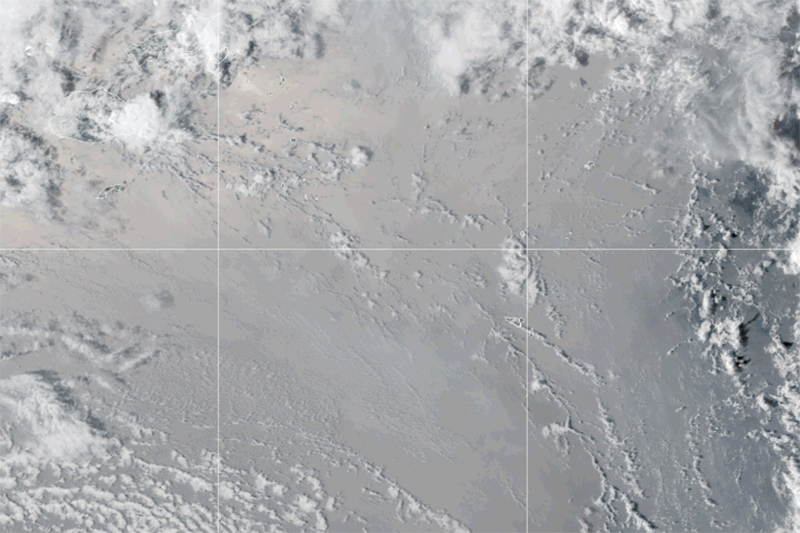Callao Oil Spill
One of the most recent oil spills is the Callao Oil Spill, which occurred on the 15th of January 2022. Initially, Repsol—a Spanish energy and petrochemical company—reported that 6000 barrels of crude oil had been spilled by an Italian tanker in the process of unloading crude oil at the Repsol-owned La Pampilla refinery. It was eventually discovered that the numbers reported were grossly underestimated, with the actual oil spillage standing at approximately 11,900 oil barrels (Mega, 2022).
According to Repsol, the oil spill was attributed to large tsunami waves, which were triggered after the eruption of the Hunga Tonga–Hunga Ha‘apai volcano. While warnings were sounded off in other countries like Chile, Peru failed to warn its residents of the incoming tsunami, resulting in the death of two individuals. Citing the lack of national warnings on the incoming tsunami, Repsol sustained its activities at the La Pampilla refinery, which eventually led to the tragedy.

Figure 1: Eruption of the Hunga Tonga–Hunga Ha‘apai volcano, which eventually triggered large tsunami waves (NASA Earth Observatory, 2022)
Repsol’s spokesperson claims that the company had immediately taken action after the oil spill was discovered, informing the local authorities with urgency; however, the Minister of Environment in Peru stated otherwise, claiming negligence on Repsol’s part with regards to the oil spill (Parker, 2022). It thus turned into a “finger-pointing” situation. This is often the case of many marine pollution incidents, with the accused corporations shirking responsibilities where possible to escape from the hefty fines. According to Taj (2022), authorities in Peru have vowed to hold Repsol accountable for the Callao Oil Spill, especially considering their history of oil spills in Peru.
Nevertheless, the damage was done. The Callao Oil Spill was of an unprecedented scale in Peru and was declared as an environmental emergency. Taylor (2022) reports that “several beaches have been closed, and hundreds of cleanup workers were brought in by the Spanish energy firm Repsol. Cleanup crews and volunteers were working over the weekend to help affected wildlife, including seals, birds, fish, and crustaceans” (p. 1). Yet, the cleanup workers brought in by Repsol were neither professionally trained nor provided with adequate and functional equipment (Parker, 2022). The impacts of the oil spill are also expected to last for decades.
Isn’t it about time we move on from oil?
References
Mega, E. R. (2022). Unprecedented oil spill catches researchers in Peru off guard. Nature. https://doi.org/10.1038/d41586-022-00333-x
NASA Earth Observatory. (2022). Hunga Tonga-Hunga Ha‘apai Erupts [Photograph]. https://earthobservatory.nasa.gov/images/149347/hunga-tonga-hunga-haapai-erupts
Parker, C. (2022, January 22). Peru appeals for international help to clean up major oil spill linked to the Tonga volcano eruption. The Washington Post. https://www.washingtonpost.com/world/2022/01/22/peru-oil-spill-tonga-volcano/
Taj, M. (2022, February 3). Who is responsible for the 27-mile oil spill in peru? The New York Times. https://www.nytimes.com/2022/02/03/world/americas/peru-oil-spill.html
Taylor, A. (2022, January 24). Photos: An Oil Spill Causes an Environmental Emergency in Peru. The Atlantic. https://www.theatlantic.com/photo/2022/01/peru-oil-spill/621354/